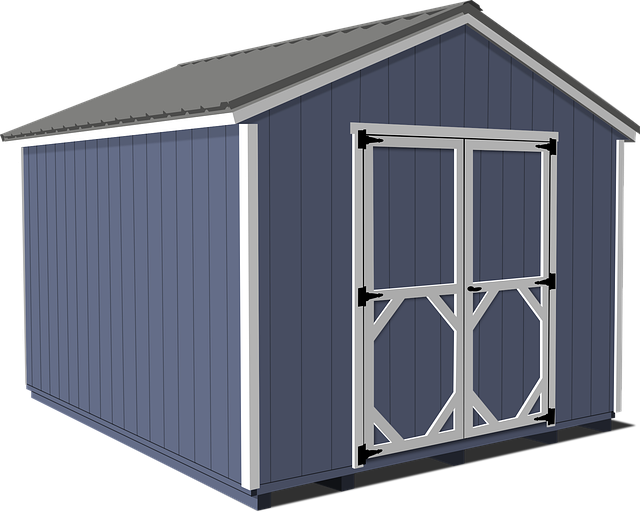Farm sheds in Central Victoria are pivotal for the operational efficiency and sustainability of modern agricultural practices, serving as multifunctional hubs that support machinery maintenance, animal housing, crop processing, and more. Their robust design, utilizing materials like galvanized steel and high-quality cladding, ensures durability against the region's harsh climates. Strategic placement for natural light, effective ventilation systems to manage heat and protect against UV radiation, and adequate insulation are key design elements that maintain a stable internal environment, safeguarding the well-being of livestock, workers, and sensitive equipment. The adaptability of these structures allows for future expansion, aligning with sustainable growth within the agricultural sector. Emphasizing eco-friendly materials and energy efficiency, Central Victorian farm sheds are evolving into high-efficiency hubs incorporating climate control and smart technology to enhance productivity and crop yields, all while reducing environmental impact through renewable energy solutions like solar panels. These advancements not only improve product quality and longevity but also underscore the commitment of Central Victorian farms to sustainability, efficiency, and meeting high market standards.
Exploring the pivotal role of farm sheds within Central Victoria’s agricultural landscape, this article delves into the essential aspects of designing and constructing these multifunctional structures. From material selection that withstands the regional climate to innovative features enhancing efficiency, we examine how modern farm sheds are transforming agricultural practices. With a focus on practicality and sustainability, we’ll also highlight case studies where these implementations have proven particularly effective, underscoring their significance in the farming community. Join us as we navigate the critical elements that make farm sheds an indispensable component of Central Victoria’s thriving agricultural sector.
- Understanding the Role of Farm Sheds in Central Victoria's Agriculture
- Design Considerations for Efficient and Durable Farm Sheds
- Material Selection: Ensuring Longevity and Environmental Suitability
- Types of Farm Sheds: From Storage to Livestock Housing Solutions
- Integrating Advanced Features in Modern Farm Sheds
- Maximizing Functionality with Smart Layout Planning for Farm Sheds
- Case Studies: Successful Farm Shed Implementations in Central Victoria's Agriculture
Understanding the Role of Farm Sheds in Central Victoria's Agriculture
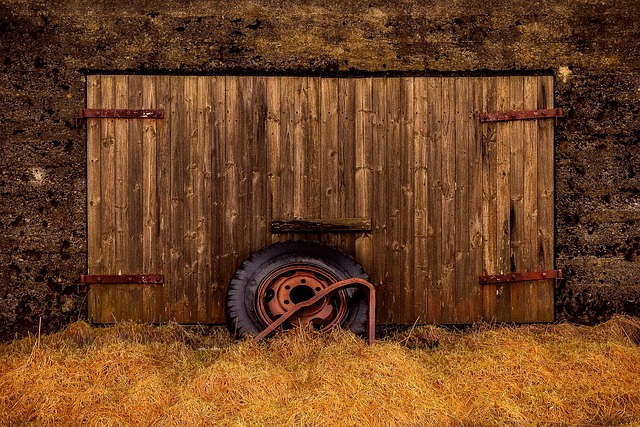
In Central Victoria, farm sheds are indispensable components of modern agricultural operations. These structures serve multiple functions beyond mere storage; they are hubs for machinery maintenance, animal housing, and crop processing. The climate in Central Victoria, characterized by variable weather patterns, necessitates robust shelters to protect equipment and livestock year-round. Farm sheds offer a controlled environment that enhances the longevity of agricultural machinery and ensures the well-being of farm animals, which is crucial for maintaining productivity and profitability. Additionally, these sheds facilitate efficient workflow by providing ample space for tasks such as hay storage, grain drying, and vehicle upkeep. The design and construction of farm sheds in this region are tailored to meet specific local needs, often incorporating materials that withstand the regional conditions, such as corrugated iron for roofing due to its durability against harsh sun and sporadic rainfall.
The strategic placement and thoughtful integration of farm sheds into Central Victoria’s agricultural landscape are vital for supporting diverse farming activities. These structures not only optimize space but also play a pivotal role in organic waste management, serving as sites for composting and manure storage to enrich the soil and enhance sustainable practices. The adaptability of farm sheds allows them to be retrofitted or expanded as the agricultural business grows or as new technologies are adopted. As such, they are a cornerstone of the region’s agricultural infrastructure, contributing to the sustainability, efficiency, and success of farming enterprises across Central Victoria.
Design Considerations for Efficient and Durable Farm Sheds

When constructing farm sheds in Central Victoria, design considerations are paramount to ensure efficiency and durability under the region’s diverse climatic conditions. The robustness of materials used is crucial for withstanding strong winds, heavy rains, and intense sunlight typical of the area. Galvanized steel and high-quality cladding are recommended due to their longevity and resistance to rust and pests. Additionally, the orientation of the shed should maximize natural light while providing adequate shade to protect crops and machinery from harsh UV radiation.
Ventilation is another critical factor; effective roof and side vents can significantly reduce heat build-up, protecting both stored goods and animals from overheating. Insulation is also important for maintaining a stable internal temperature, which not only enhances comfort for workers but also ensures the sensitive equipment and produce are kept at optimal conditions. The design should incorporate ample space for farm vehicles and machinery to be maneuvered with ease, facilitating efficient workflow and maintenance. Furthermore, the shed’s layout should consider future expansion, allowing for additional bays or modifications as the farm’s needs evolve over time. This foresight ensures that the infrastructure remains adaptable and functional, supporting the long-term success of Central Victoria’s agricultural sector.
Material Selection: Ensuring Longevity and Environmental Suitability
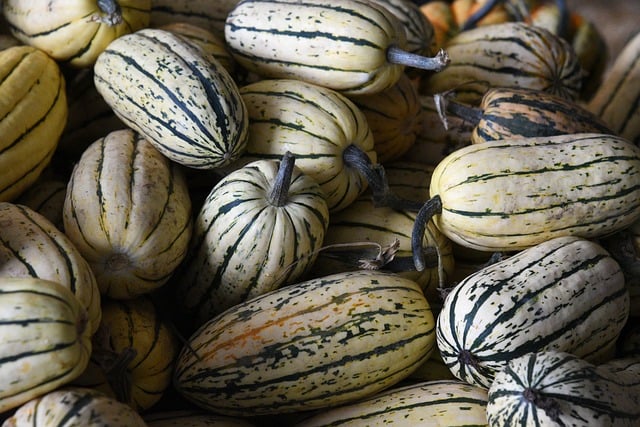
In Central Victoria’s agricultural sector, farm sheds serve as pivotal structures for storing equipment, sheltering livestock, and protecting crops from harsh weather conditions. When constructing these essential assets, material selection plays a critical role in ensuring longevity and environmental suitability. Durable materials such as galvanized steel are favored for their resilience against the area’s often variable climates. This choice not only prolongs the shed’s lifespan but also minimizes maintenance requirements, allowing farmers to focus on cultivation rather than upkeep. Additionally, sustainable building practices are increasingly being adopted, with materials like recycled steel and energy-efficient insulation reducing the environmental footprint of these sheds. Such considerations not only contribute to long-term cost savings but also align with the region’s commitment to eco-friendly farming practices.
Moreover, the choice of materials must also take into account the specific functions of each farm shed. For instance, sheds housing sensitive machinery require highly insulated walls and roofing to protect against rust and corrosion. Conversely, open-sided barns may prioritize UV-resistant fabric for their roofs to provide adequate shade while allowing for ventilation. The adaptability of materials such as steel and composite metals enables farmers in Central Victoria to customize their sheds to the unique demands of their operations, ensuring that each structure is both fit for purpose and built to last in the region’s diverse environments.
Types of Farm Sheds: From Storage to Livestock Housing Solutions
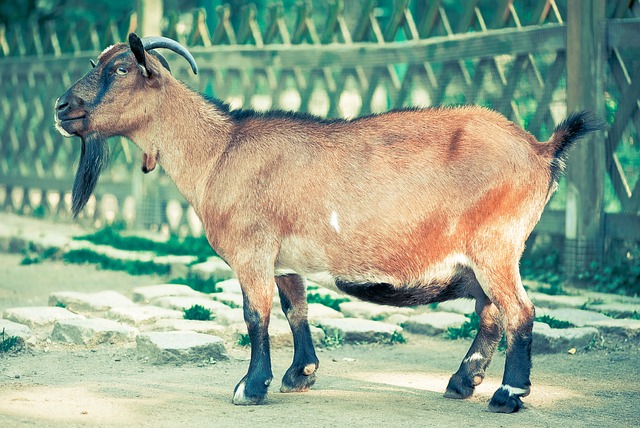
Integrating Advanced Features in Modern Farm Sheds
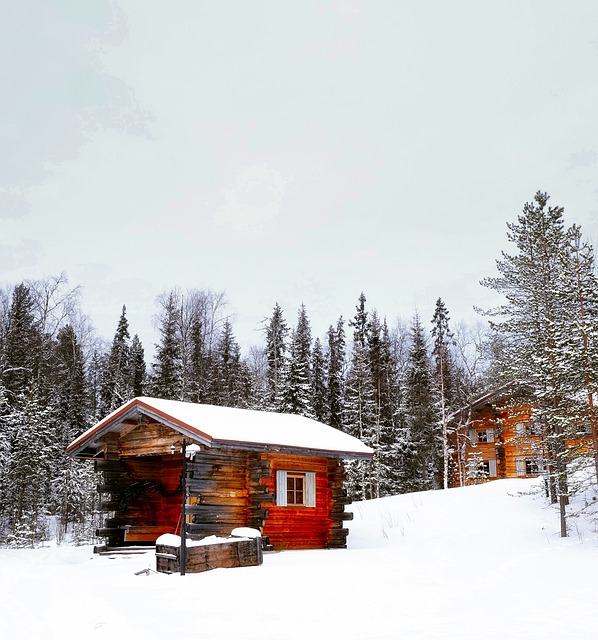
In recent years, Central Victorian farms have been adopting advanced features in their farm sheds to enhance efficiency and productivity. These modern agricultural structures are not mere storage spaces but sophisticated systems designed to cater to the diverse needs of contemporary farming practices. Equipped with innovative climate control solutions, these farm sheds maintain optimal conditions for sensitive crops and livestock, ensuring year-round productivity regardless of external weather patterns. Additionally, the integration of smart technology allows for real-time monitoring and management of environmental factors such as light, humidity, and temperature, leading to significant improvements in crop yields and animal welfare. The use of energy-efficient materials and renewable energy sources, like solar panels, further reduces the carbon footprint of these operations, aligning with sustainability goals while providing a cost-effective solution over time.
Furthermore, Central Victoria’s farm sheds are being outfitted with advanced storage and handling systems to preserve the quality of agricultural products. These features include automated stacking systems that optimize space utilization and facilitate faster retrieval of items. The incorporation of dust-proof sealing and temperature-controlled zones within these sheds protects stored goods from degradation, ensuring that produce reaches market in prime condition. This level of integration not only safeguards the farm’s investment but also reflects a commitment to food safety and quality assurance, which is paramount for both local and export markets. As such, Central Victorian farms are at the forefront of agricultural innovation, leveraging advanced features in their farm sheds to maintain a competitive edge in the industry.
Maximizing Functionality with Smart Layout Planning for Farm Sheds

In Central Victoria’s diverse agricultural landscape, farm sheds serve as the backbone of operations, offering shelter and storage solutions for a wide array of farming activities. To maximize functionality within these critical structures, smart layout planning is paramount. A well-designed farm shed not only accommodates current needs but also anticipates future expansions or shifts in crop types or livestock. Key considerations include zoned work areas that segregate equipment storage from feed and fodder regions, ensuring a clutter-free environment that enhances efficiency. Additionally, incorporating natural light through strategically placed windows can reduce dependency on artificial lighting during daylight hours, leading to energy savings and a more pleasant working atmosphere. Furthermore, the integration of skylights or translucent roof panels can provide additional illumination without compromising the shed’s durability or structural integrity. By adopting these thoughtful layout strategies, Central Victoria farmers can optimize their farm sheds for both immediate and evolving agricultural needs. This approach not only streamlines daily operations but also contributes to a more sustainable and cost-effective farming environment.
Case Studies: Successful Farm Shed Implementations in Central Victoria's Agriculture
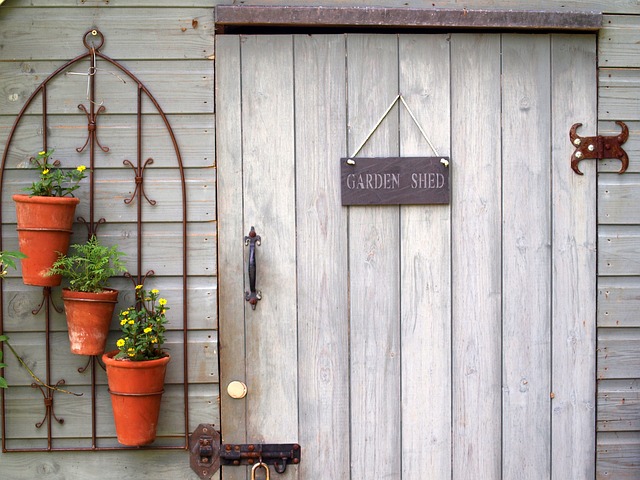
Central Victoria’s agricultural sector thrives on innovation and adaptability, both of which are exemplified by the strategic implementation of farm sheds. This article has delved into the multifaceted role these structures play in enhancing farm efficiency and productivity. From material selection that caters to the region’s environmental conditions to the integration of smart features for heightened functionality, farm sheds stand as testaments to modern agricultural advancements. The diverse types of farm sheds, tailored to various needs from storage to livestock housing, underscore their importance in sustainable farming practices. Case studies showcasing successful farm shed implementations further illustrate the positive impact these structures have on local farming operations. As Central Victoria continues to evolve, farm sheds will undoubtedly remain at the forefront of agricultural development, supporting the industry’s growth and resilience.
